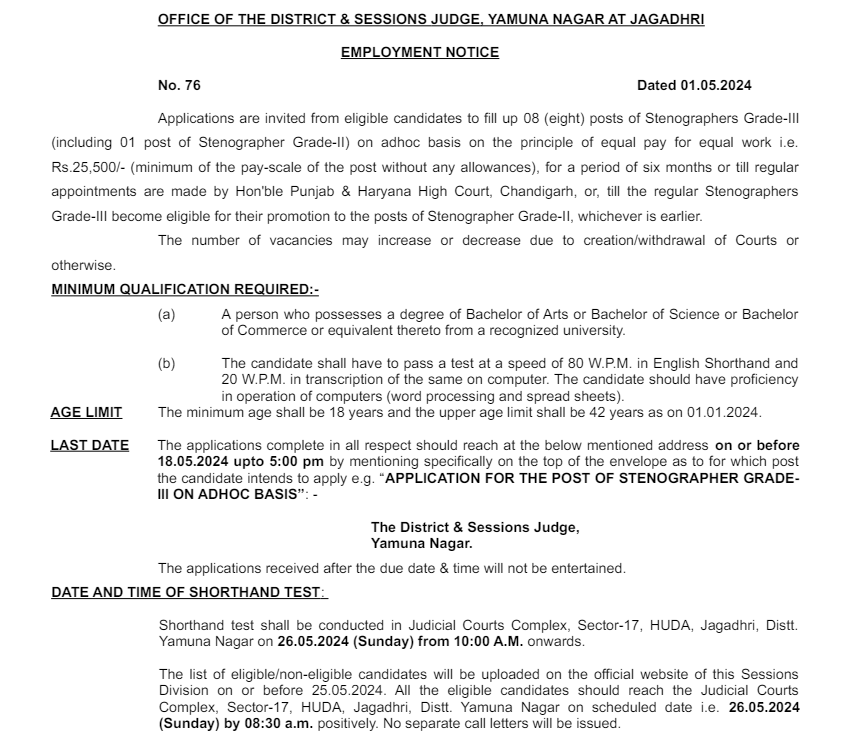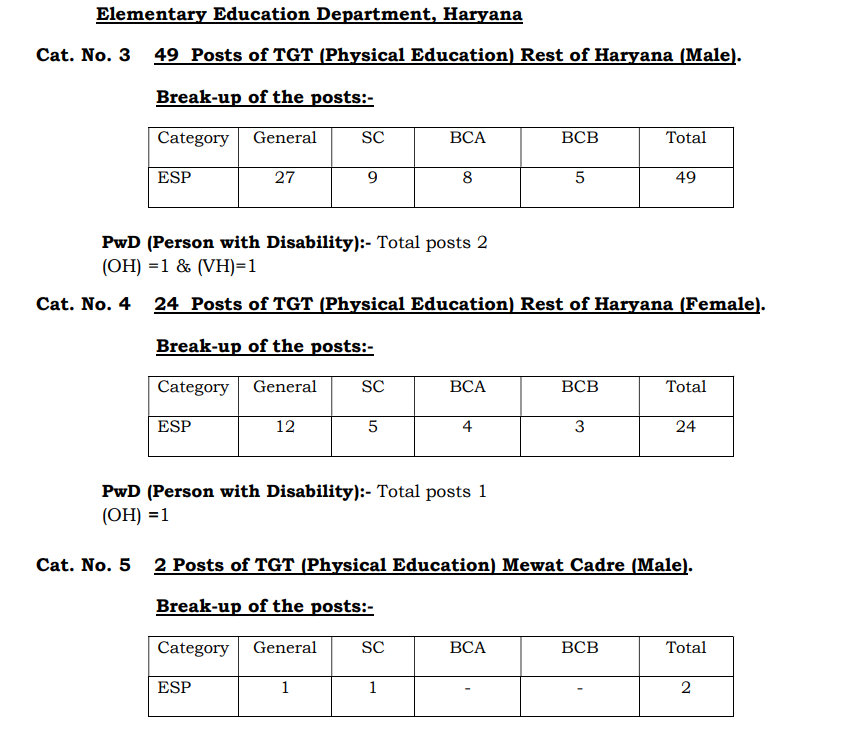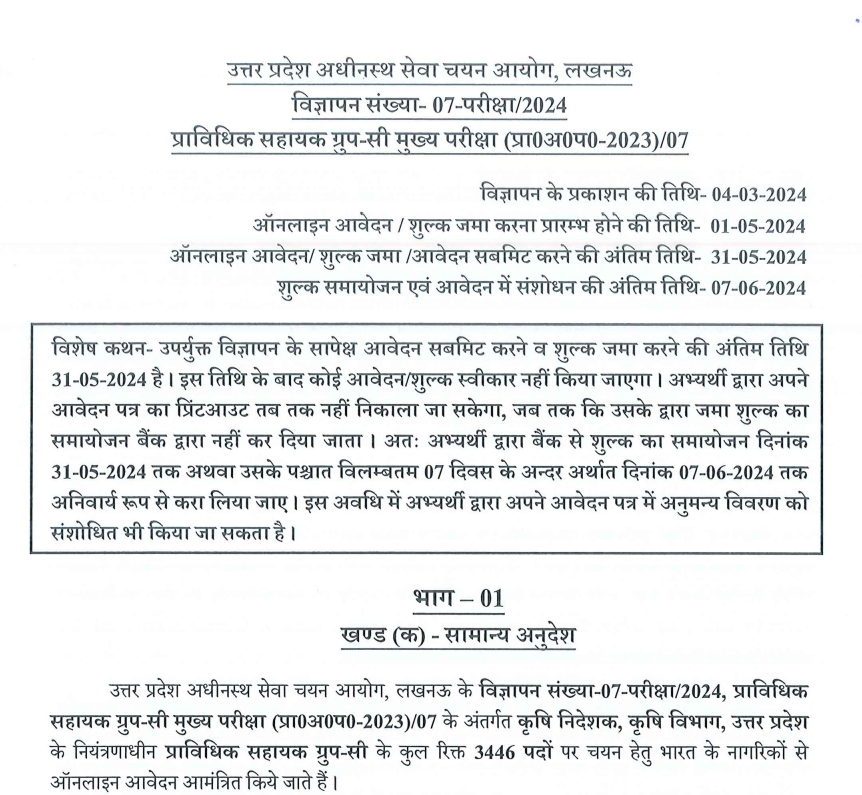Electrical-Transformer MCQ PDF 1

Category –EE Online Test
Telegram-Join Us On Telegram
Attempt Free Electrical-Transformer MCQ PDF 1 Here. Read The Important Electrical MCQ From Below.
Electrical-Transformer Mostly Asked MCQ PDF 1 For RRB JE,SSC JE,UPSSSC Exam
1.A Buchholz relay can be installed on
A. Auto-transformers
B. Air-cooled transformers
C. Welding transformers
D. Oil cooled transformers
Answer-D
2.The chemical used in breather is
A. Asbestos fibre
B. Silica sand
C. Sodium chloride
D. Silica gel
Answer-D
Electrical-Transformer MCQ PDF 1
3.Material used for construction of transformer core is usually
A. 0.4mm to 0.5 mm
B. 4mm to 5 mm
C. 14mm to 15 mm
D. 25mm to 40 mm
Answer-D
4.Helical coils can be used on
A. Low voltage side of high kVA transformers
B. High frequency transformers
C. High voltage side of small capacity transformers
D. High voltage side of high kVA rating transformers
Answer-A
Electrical-Transformer MCQ PDF 1
5.The transformer ratings are usually expressed in terms of
A. Volts
B. Amperes
C. kW
D. kVA
Answer-D
6.The value of flux involved in the emf equation of a transformer is
A. rms value
B. avg value
C. Maximum value
D. Instantaneous value
Answer-C
Electrical-Transformer MCQ PDF 1
7.The main advantage of auto transformer over a two winding transformer is
A. Hysteresis losses are reduced
B. Saving in winding material
C. Copper losses are negligible
D. Eddy losses are totally eliminated
Answer-B
8.During short circuit test iron losses are negligible because
A. The current on secondary side is negligible
B. The voltage on secondary side does not vary
C. The voltage applied on primary side is low
D. Full-load current is not supplied to the transformer
Answer-C
Electrical-Transformer MCQ PDF 1
9.Which of the following properties is not necessarily desirable in the material for transformer core
A.High Mechanical strength
B. Low hysteresis loss
C. High thermal conductivity
D. High permeability
Answer-C
10.The main reason for generation of harmonics in a transformer could be
A. Fluctuating load
B. Poor insulation
C. Mechanical vibrations
D. Saturation of core
Answer-D
11.A transformer transforms
A. frequency
B. voltage
C. current
D. voltage and current
Answer-D
Electrical-Transformer MCQ PDF 1
12.Which is not the basic element of the transformer
A. core
B. primary winding
C. secondary winding
D. mutual flux
Answer-D
13.In an ideal transformer
A. windings have no resistance
B. core has no losses
C. core has infinite permeability
D. all of these
Answer-D
Electrical-Transformer MCQ PDF 1
14.The frequency of the secondary voltage of a transformer will be…..
A. less than frequency of the primary voltage
B. equal to the primary voltage
C. greater than the frequency of the primary voltage
D. much greater than the frequency of the primary voltage
Answer-B
15.The efficiency of a transformer is maximum when
A. It runs at half full load
B. it runs at full load
C. its Cu loss equal iron loss
D. it runs over load
Answer-C
Electrical-Transformer MCQ PDF 1
16.A step-up transformer increases
A. voltage
B. current
C. power
D. frequency
Answer-A
17.Which type of loss is not common to transformer and rotating machines
A. Eddy current loss
B. Copper loss
C. Hysteresis loss
D. Windage loss
Answer-D
18.The transformer core is laminated to
A. Reduce the copper losses
B. Reduce the core losses
C. Reduce the eddy current losses
D. None of these
Answer-C
Electrical-Transformer MCQ PDF 1
19. Transformer cores are built up from laminations rather than from solid metal so that
A. Oil penetrates the core more easily
B. Eddy current loss is reduced
C. Less lamination is required for the windings
D. Turn ratio is higher than voltage ratio
Answer-B
20.the main purpose of using core in a transformer is to
A. Decrease iron losses
B. prevent eddy current loss
C. eliminate magnetic hysteresis
D. decrease reluctance of the common magnetic circuit
Answer-D
21.The ordinary two winding transformer’s primary and secondary windings always have
A. different no of turns
B. same size of copper wire
C. a common magnetic circuit
D. separate magnetic circuits
Answer-C
Electrical-Transformer MCQ PDF 1
22.No load test on a transformer is carried out to find
A. copper loss
B. magnetising current
C. magnetising current and no load loss
D. efficiency of the transformer
Answer-C
23.Transformers are rated in KVA instead of KW because
A. load power factor is often not known
B. KVA is fixed whereas KW depends on load power factor
C. Total transformer loss depends on volt ampere
D. It has become customary
Answer-C
Electrical-Transformer MCQ PDF 1
24.Transformer cores are laminated in order to
A. simplify its construction
B. minimize eddy current loss
C. reduce cost
D. reduce hysteresis loss
Answer-B
25.A step up transformer increases
A. voltage
B. current
C. power
D. frequency
Answer-A














